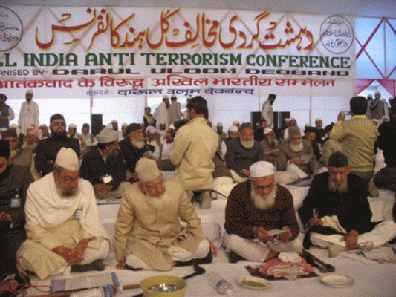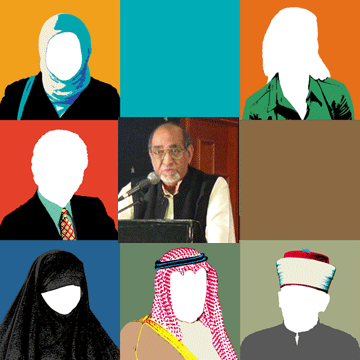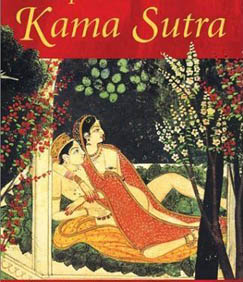
Kajol Devgan and Shah Rukh Khan
On Sunday I finally saw the new Bollywood film with Shah Rukh Khan, “My Name is Khan.” It is well worth seeing, although the minimalist dancing and singing in the film make it more Hollywood (not Fred Astaire’s) than Bollywood. Add to this the fact that many parts of the film were made in San Francisco and California and the Bollywood connection is even more estranged. The plot of the film has gaping holes, but it is not meant as a documentary. I walked away feeling good about two aspects of the film. First, it is a stirring educational lesson in Asperger’s Syndrome. One of Bollywood’s most glamorous male stars provides a moving performance of this disability, disabling those critics who dismiss the victims of the syndrome as dumb or retarded (neither of which they are).
Second, given all the Islamophobic films out there, where jihad is the only plot associated with Islam, it is refreshing to see the tables turned. While most Americans did not use 9/11 as an excuse to go out and beat up Muslims (or Sikhs or anyone who was not “white” enough), a number of prejudicial people did. The hate was real and most Muslims have felt it, even if only the cold stare. Finally here is a fantasy that goes the other way, while making Muslims heroes and lovers of peace. Continue reading If your name is Khan…






